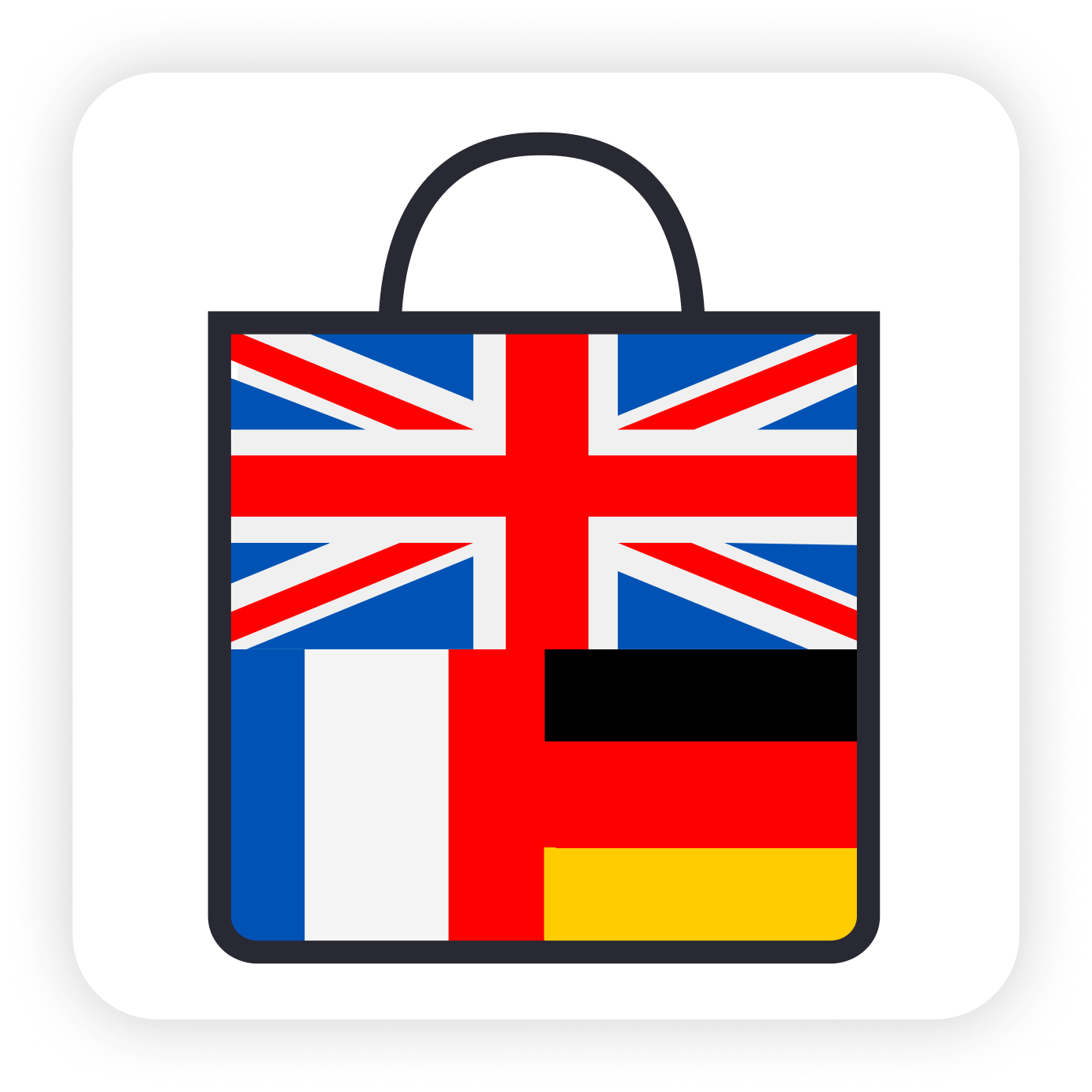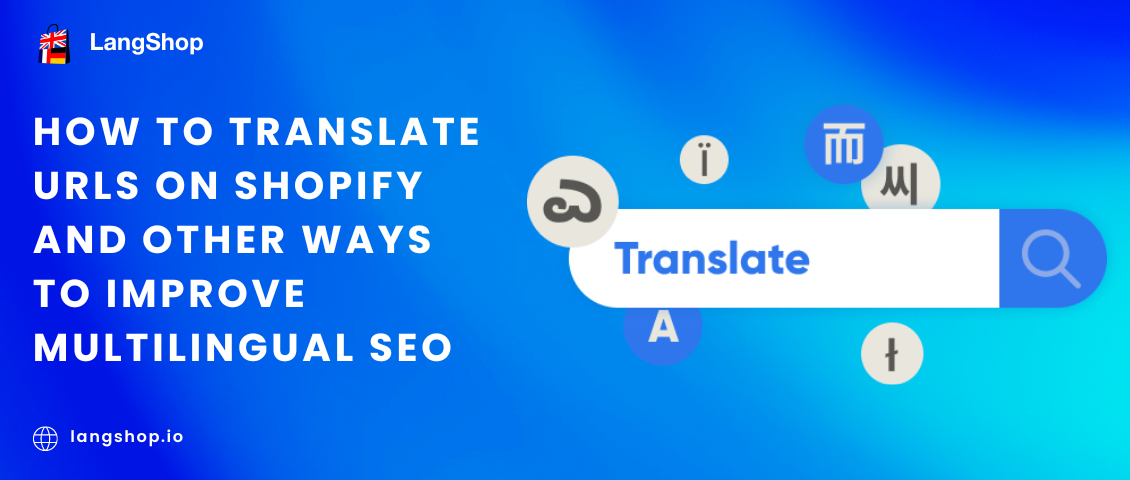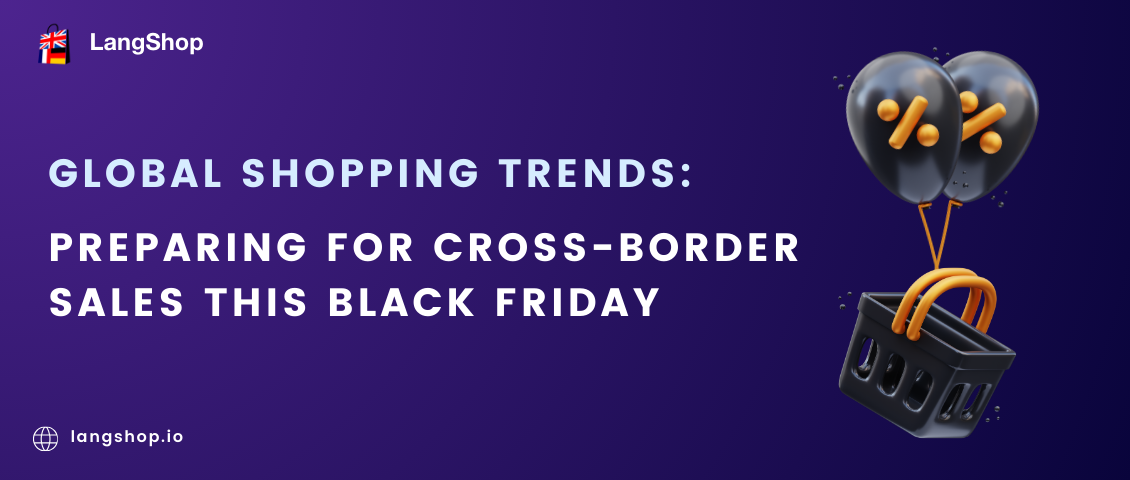An aspect of SEO that's often overlooked yet incredibly important is how we structure and position URLs. URLs are more than web addresses – they reveal your website's essence to search engines and users. Relevant, keyword-rich, and clear URLs are key for effective SEO.
However, when it comes to multilingual websites, a new challenge arises: we need to ensure that search engine bots understand that the URL isn't a duplicate, but rather a version of the same page in a different language. This is where multilingual websites face a unique challenge. To address this, platforms like Shopify incorporate language codes and hreflang tags to indicate the language versions of pages. But there's another approach that can enhance these URLs even further - translation.
By translating the URLs themselves, we can not only cater to different language audiences but also create URLs that are clear, concise, and optimized for each language. This additional step in URL optimization can contribute significantly to the overall success of SEO translation efforts.
When we talk about translating URLs, we're actually referring to the translation of certain parts of the URL. To gain a clearer understanding of this concept, let's begin by exploring the different components that make up a URL.
Translate every aspect of your store with LangShop!

URL structure
The URL for the article you're currently reading is https://langshop.io/blog/how-to-translate-urls-shopify-improve-multilingual-seo. In this URL, the "https" represents the scheme, and "langshop.io" is the domain—these elements typically remain unchanged during translation. However, you might be interested in having "how-to-translate-urls-shopify" transformed into a language your customers can understand. This particular component is referred to as the URL handle.
The URL handle forms part of the URL, guiding users to a specific product, collection, or page on your website.
It's crucial to note that the URL handle is distinct and singular within the URL structure. In other words, in a URL like https://example.com/products/green-shirt, the "green-shirt" part is unique, making it translatable, while the "products" portion is not. This uniqueness is what allows for translation of URL handles without causing conflicts or confusion.
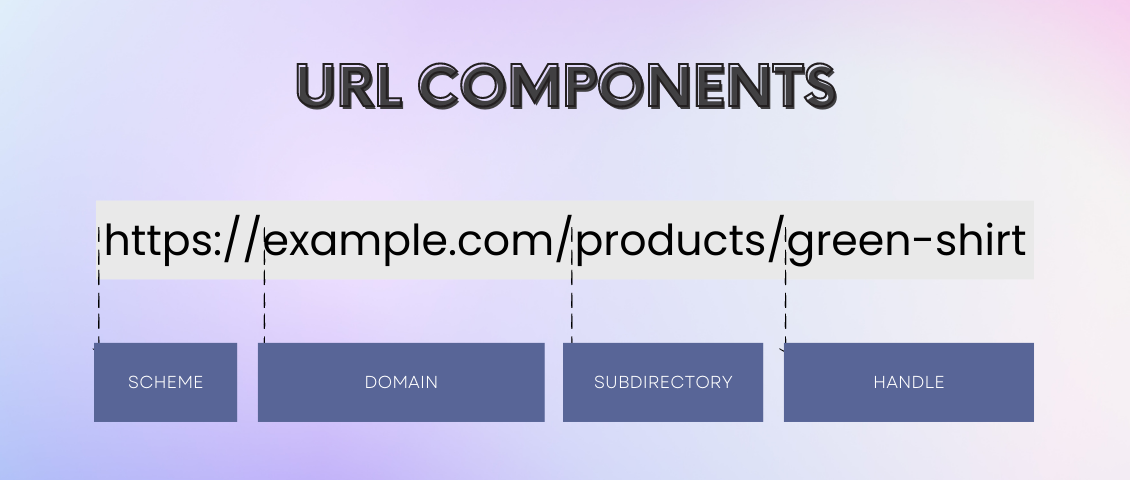
How to translate URLs on Shopify?
As mentioned above, Shopify offers users the capability to translate URL handles. To achieve this, you'll need to install a language translator Shopify app, one that includes URL translation features. A great example of such an app is LangShop. LangShop empowers you to seamlessly translate URL handles for a variety of content types including products, collections, blogs, blog posts, and other pages. To get started, follow these steps:
1. Install LangShop
Install the LangShop language translator app on your Shopify store. Once installed, select a pricing plan. Remember, LangShop has a Free plan option. Add languages and make other primary configurations.
2. Navigate to the translation section of the element
From the LangShop Admin, navigate to the "Translations" section and select the specific element you wish to translate the URL for. To illustrate, let's consider the scenario where you intend to translate a product URL. In this case, proceed to the "products" section and choose the particular product you aim to translate.
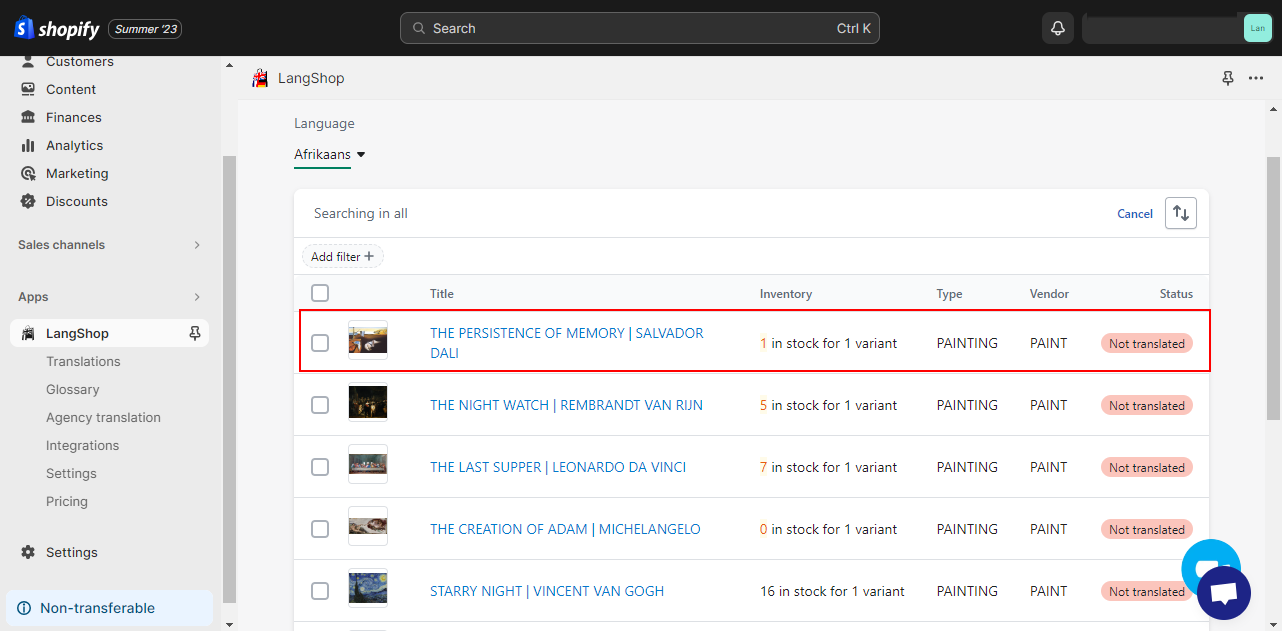
3. Translate the URL Handle
Once you've accessed a product, opt for the "All supported markets" choice and pick the language you intend to translate into. Next, scroll down to the "URL handle" section. Here, you'll find the original URL handle on the left side, and on the right side, you can insert the translated version. Don't forget to save your modifications once you're done.
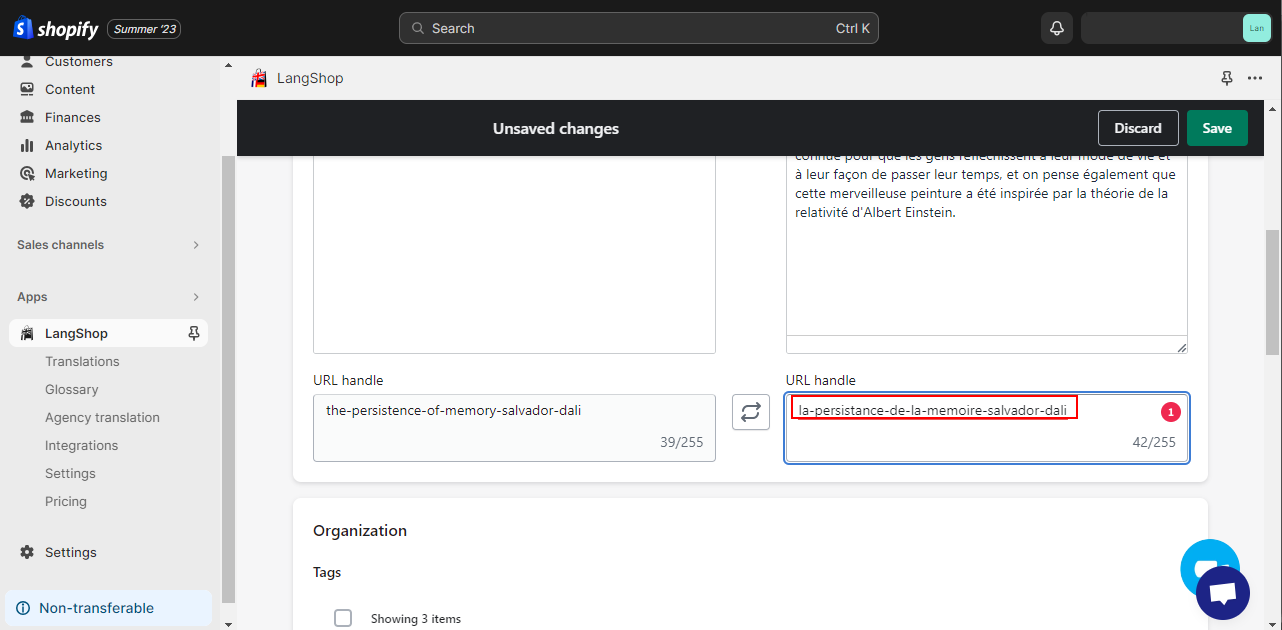
By following these steps, you can seamlessly translate URL handles for any product, collection, page, and more.
Create a multilingual website in just a few steps with LangShop!

Why is URL translation important for SEO?
URL translation holds significant importance for SEO ensuring your website's content is discoverable, relevant, and accessible to a global audience. It aligns with user behavior and search engine algorithms, contributing to higher search rankings, improved user engagement, and a more effective international SEO strategy.
1. User Experience
A user is more likely to click on a URL that appears familiar and relevant in their own language, leading to higher engagement, longer visit durations, and reduced bounce rates.
2. Keyword Relevance
URLs that incorporate translated keywords reflect the content of the page accurately. This provides search engines with clearer signals about the page's topic, helping them rank the content appropriately for relevant search queries in different languages.
3. Reduced Duplicate Content
Translating URLs helps avoid duplicate content issues. When different language versions of a page have unique URLs, search engines don't perceive them as duplicate content, which can prevent potential ranking penalties.
4. Multilingual Search Queries
Users often search using keywords in their native language. Translated URLs increase the likelihood of your content matching these multilingual search queries, attracting more organic traffic.
Other ways to improve multilingual SEO
- Content Translation: Prioritize translating your website content into languages spoken by your target audience. This improves user experience and search visibility. Over 70% of internet users prefer browsing in their native language, and search engines prioritize matching language for search results.
- Relevant Keywords: Integrate region-specific keywords into your translated content. Conduct thorough keyword research to identify search phrases that resonate with your target audience in each market. This aligns your content with users' search intent and enhances discoverability.
- Organized Site Structure: Streamline your translated content's organization. Use hreflang tags to indicate alternate language versions of the same content. Ensure unique and descriptive URLs for each page, and maintain a comprehensive sitemap for easy navigation.
- Leverage User-Generated Content (UGC): Encourage customers in different markets to create content, such as reviews or testimonials, in their native languages. User-generated content not only builds trust but also provides search engines with fresh, relevant content.
- Implement Structured Data Markup: Use schema markup to provide additional context to search engines about your content. This helps search engines understand the relationships between different language versions of your content.
Find more SEO translation tips in our blog posts:
Best International SEO Strategy You Should Consider to Imply in 2023
7 SEO Optimization Tips To Build a Successful Multilingual Store in 2023
